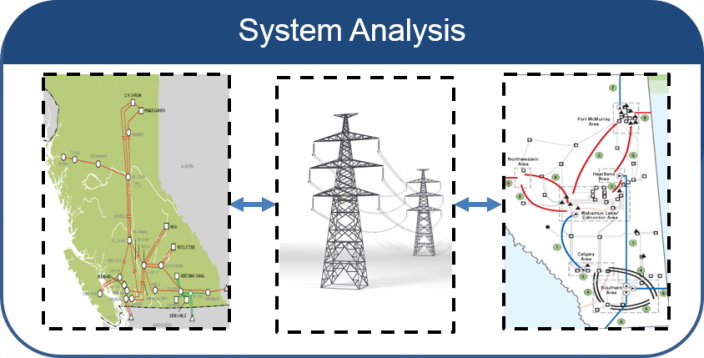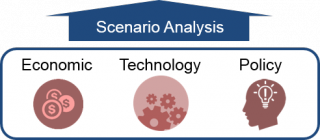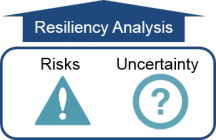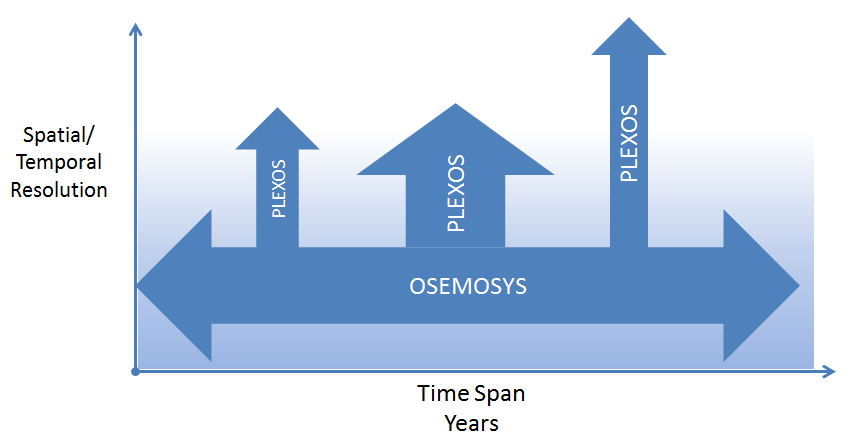Click on individual components of the image above for additional detail on the 2060 Project approach
Approach
The Project 2060 aims to add value through understanding and simplicity. Project 2060 utilizes a “soft coupling” of two energy modelling and optimization tools; OSeMOSYS and PLEXOS. These tools allow Project 2060 to provide a clear indication of the energy system response under differing scenario and resiliency based analyses. By avoiding highly complex “black box” numerical models, which provide detailed predictions with limited detail on coupling and interactions, Project 2060 aims to bring more comprehensive understanding to the interactions, intended or otherwise, resulting from political decisions, disruptive technology advances or economic market changes.
For long term projections, the open source OSeMOSYS long term system optimization model is utilized. The OSeMOSYS model provides Project 2060 researchers with the necessary high resolution long term detail on both the annual generation and installed capacity mixes. The models include the impact of market forces, resource abundance, forecast demand variations and transmission constraints.
In order to provide increased clarity at certain significant transitions in the timeline, the 2060 Project utilizes the PLEXOS Integrated Energy Model. Within 2060, PLEXOS investigates the ability of the transmission system to adequately transmit power from the spatially disperse generation sources to load centres, the economic risks associated with uncertainties in resource availability and demand, and changing market pricing. This allows Project 2060 to better understand the cost vs. risk premium and provide guidance to policy makers.





